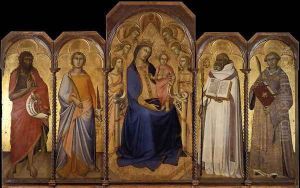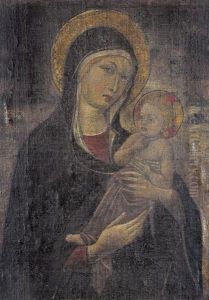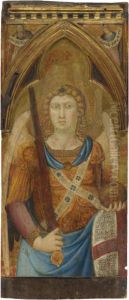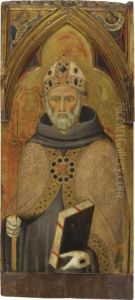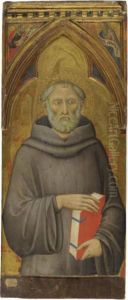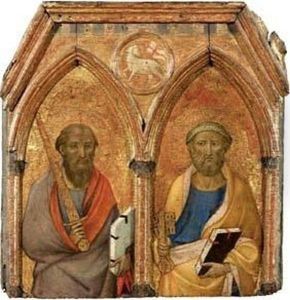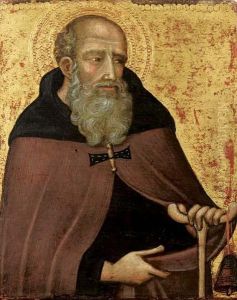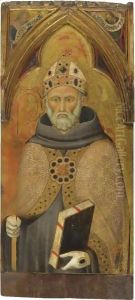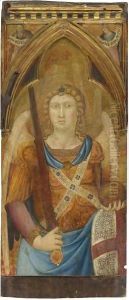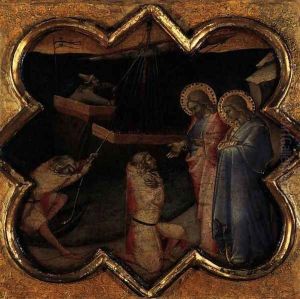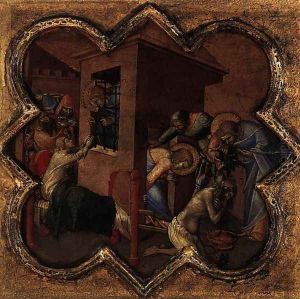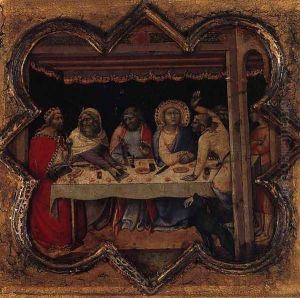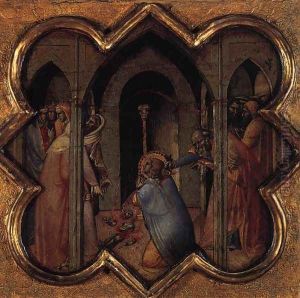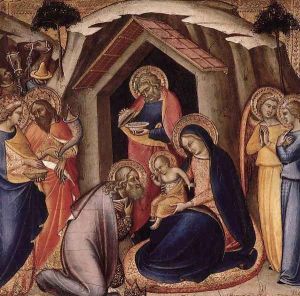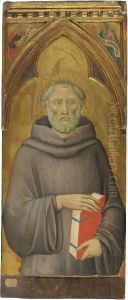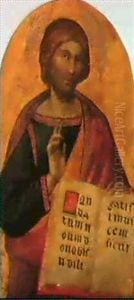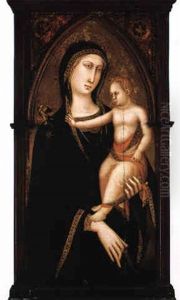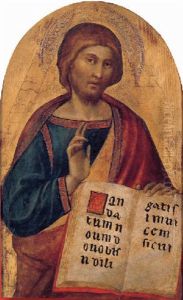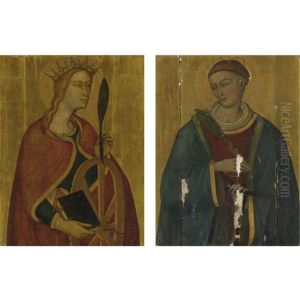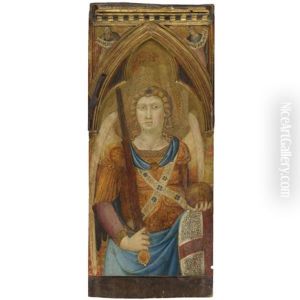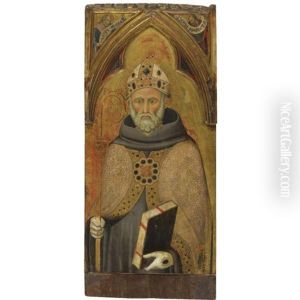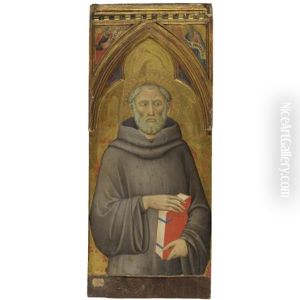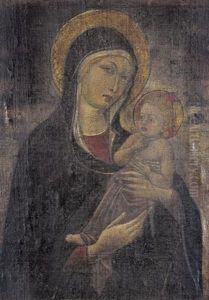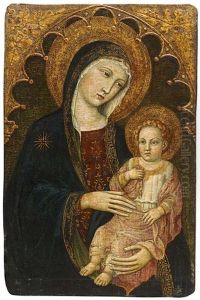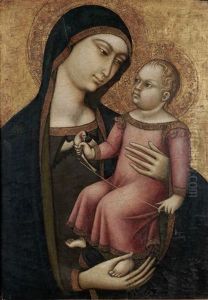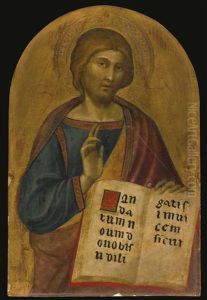Luca Di Tomme Paintings
Luca di Tommè was an Italian painter active during the 14th century in Siena, a city in the region of Tuscany that was a vibrant center for the arts during the Italian Gothic period. Not much is known about his personal life, but he is believed to have been born around 1330. He was a contemporary of other notable Sienese painters such as the Lorenzetti brothers and Simone Martini, and he worked within the same rich cultural and artistic environment that they did.
Luca di Tommè's career is largely documented through his works and their commissions. He enrolled in the Painter's Guild of Siena in 1356, which suggests that by that time, he was a recognized artist with a certain degree of reputation. His style is noted for its adherence to the Sienese Gothic tradition, characterized by elegant figures, the use of gold leaf, and a strong emphasis on linearity and ornamentation.
One of his important contributions to the Sienese school was his role in the continuation of the narrative fresco tradition, which was a significant aspect of Sienese art. His works often depicted religious scenes and were known for their devotional quality, attention to detail, and the use of vivid colors. Luca di Tommè was also an adept panel painter, with altarpieces being a significant part of his oeuvre.
His notable works include the 'Madonna and Child with Saints' (1362) and the 'Polyptych of Saint Peter' (1370). Such works reflect the typical Gothic style of the era, with elongated figures, graceful drapery, and serene expressions. Luca di Tommè's paintings can still be seen in various museums and churches, providing a window into the religious and aesthetic sensibilities of 14th-century Siena.
The exact date of Luca di Tommè's death is not known, but he is presumed to have died around 1389. His legacy is a testament to the Sienese Gothic style, and his work continues to be studied for its contributions to the narrative and stylistic developments of the period.
